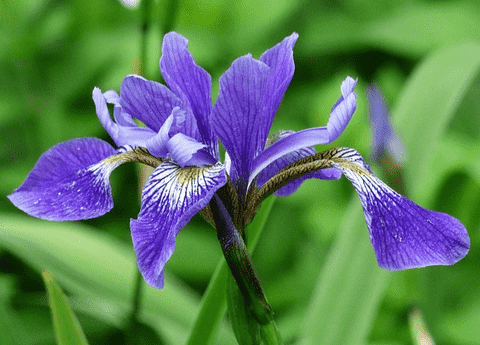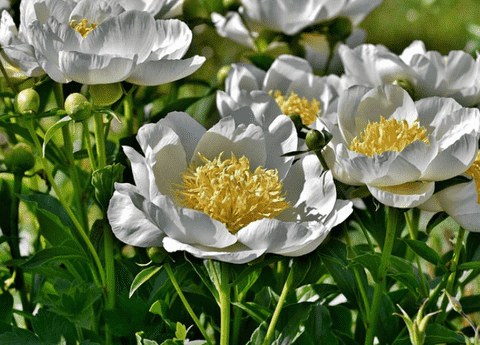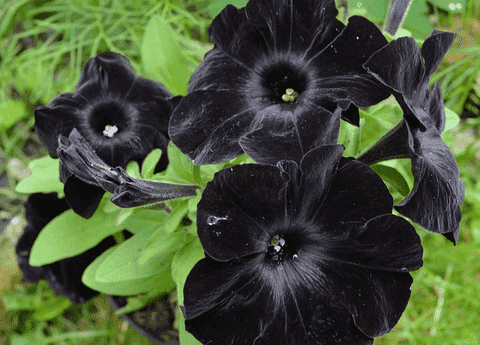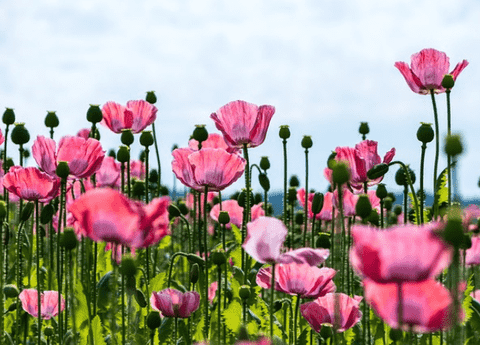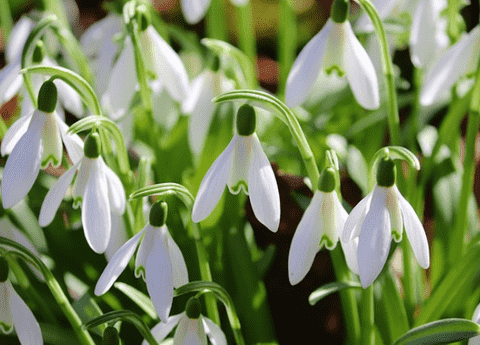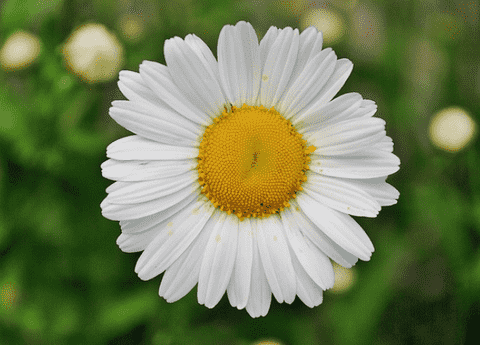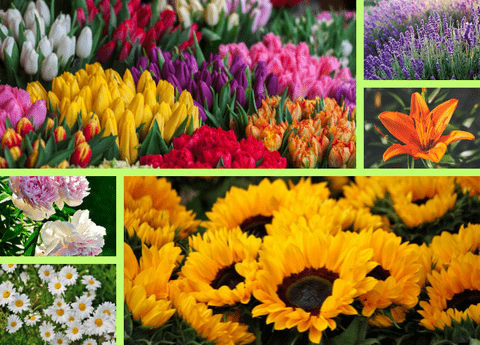Irises Gardening: How to Grow and Maintain Stunning Irises in Your Yard
Growing irises can transform any garden into a vibrant display of color and elegance. These versatile perennials are cherished for their striking blooms and relatively low maintenance, making them a favorite among both novice and experienced gardeners. Whether you’re drawn to the classic beauty of the bearded irises or the delicate charm of the Siberian variety, understanding the essentials of planting, nurturing, and maintaining irises is key to cultivating a stunning garden. In this guide, we will delve into the fundamental steps and expert tips for growing and caring for irises, ensuring your yard becomes a picturesque haven of floral splendor.
Choosing the Right Irises Variety
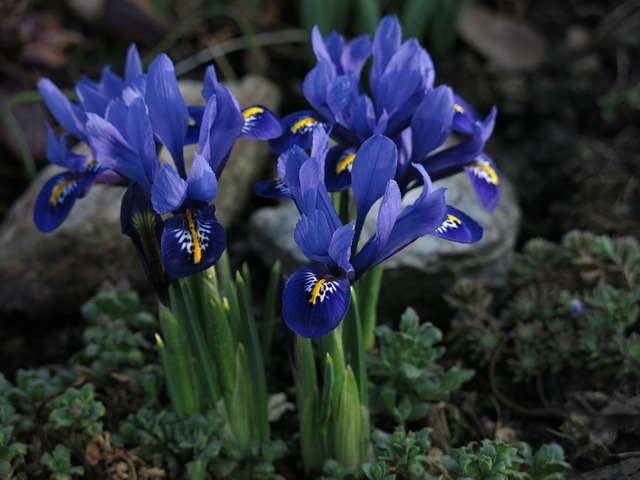
Understanding Different Types
Irises come in a variety of types, each offering unique characteristics that can enhance your garden. The bearded irises is perhaps the most well-known, recognized for its flamboyant flowers and fuzzy “beards” on each petal. Bearded irises thrive in well-drained soil and full sun, making them a versatile option for many gardeners. On the other hand, Siberian irises feature slender, graceful petals and are more tolerant of damp soil conditions. These irises are perfect for areas near ponds or water features. Japanese irises, with their large, flat blooms, are another stunning option, flourishing in acidic, wet soils. By understanding the different types of irises and their specific growing conditions, you can choose the perfect variety to match your garden’s climate and aesthetic.
Climate Considerations
When choosing the right irises variety for your garden, it’s crucial to consider your local climate. Bearded irises are incredibly resilient and can thrive in various climates, from temperate zones to areas with hot summers and cold winters. However, they do best in regions with dry summers, as excessive moisture can lead to root rot. Siberian irises are more adaptable to cooler climates and are better suited for areas with consistent rainfall. They can tolerate a range of temperatures but prefer cooler, moist environments. Japanese irises, on the other hand, flourish in humid, wet conditions and are ideal for warmer climates with ample rainfall. By matching the irises variety to your local weather patterns, you ensure healthy growth and vibrant blooms, making your garden a stunning showcase throughout the growing season.
Color and Bloom Time
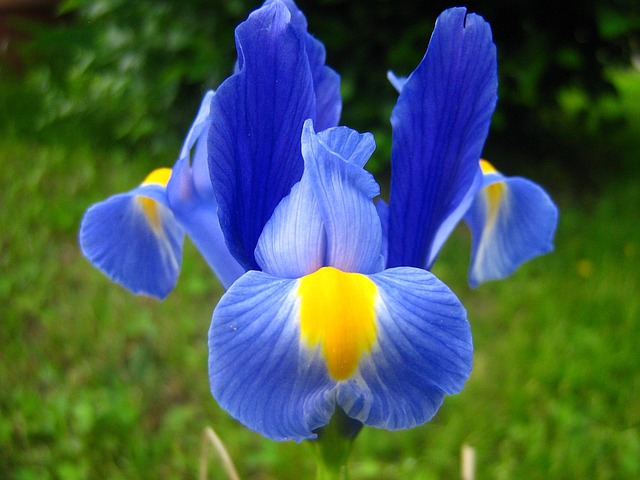
Irises offer a spectacular range of colors and bloom times, allowing you to create a dynamic and colorful garden throughout the growing season. Bearded irises typically bloom in late spring to early summer and come in a dazzling array of colors, including deep purples, vibrant yellows, and soft pastels. These irises can provide a dramatic focal point during their peak. Siberian irises, on the other hand, bloom slightly later, extending the floral display into early summer. They often feature shades of blue, purple, and white, adding a touch of elegance to your garden. Japanese irises bloom the latest, usually in mid to late summer, and their large, flat flowers come in stunning hues of blue, purple, and white. By selecting a mix of irises varieties with different bloom times and colors, you can ensure a continuous and captivating display of flowers in your garden.
Planting Your Irises
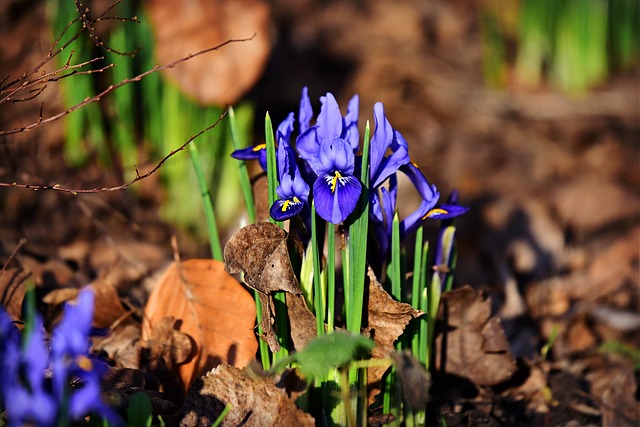
Preparing the Soil
Proper soil preparation is essential for growing healthy irises. Start by choosing a location that receives at least six hours of direct sunlight each day, as irises thrive in full sun. The soil must be well-drained to avoid waterlogging, which can lead to root rot. Enrich the soil by adding organic matter like compost or well-rotted manure to enhance its fertility and drainage. Aim for a slightly acidic to neutral pH level, around 6.0 to 7.0, as irises prefer this range. If your soil is heavy clay, consider adding sand or perlite to enhance its drainage. Before planting, loosen the soil to a depth of about 12 inches to encourage healthy root growth. By taking the time to properly prepare the soil, you create an optimal environment for your irises to establish themselves and flourish, leading to robust plants and vibrant blooms.
Correct Planting Techniques
Planting irises correctly is crucial for their growth and bloom. Start by preparing individual planting holes or a trench, depending on the number of irises. Space the holes or rhizomes about 12 to 24 inches apart to allow ample room for growth. Bearded irises should be planted with their rhizomes partially exposed to the surface, while Siberian and Japanese irises can be planted slightly deeper, about 1 to 2 inches below the soil. Place the rhizome horizontally in the hole, with roots spread out on either side. Cover the rhizome lightly with soil and press down gently to eliminate air pockets. Water the newly planted irises thoroughly to help them settle in, but avoid overwatering, as this can lead to rot. By following these planting techniques, you set the stage for healthy growth and an impressive display of blooms in your garden.
Watering and Fertilizing
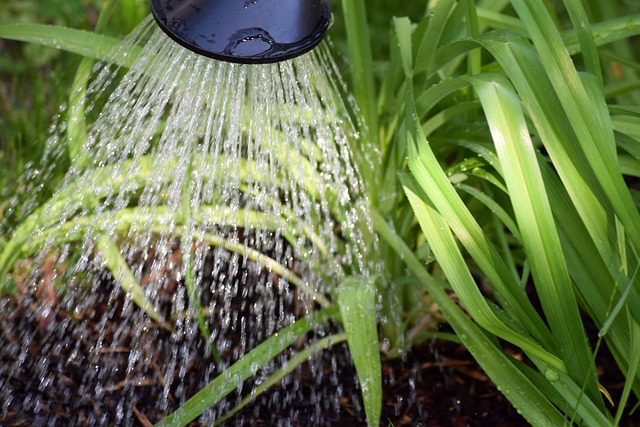
Proper watering and fertilizing are essential for the healthy growth of irises. After planting, water your irises thoroughly to help them establish roots. Bearded irises prefer drier conditions, so water them sparingly, allowing the soil to dry out between waterings. Siberian and Japanese irises, however, thrive in consistently moist soil, so ensure they receive adequate water, especially during dry spells.
In terms of fertilizing, apply a balanced fertilizer, such as 10-10-10, in early spring as new growth begins. Avoid using high-nitrogen fertilizers, as they can encourage too much leaf growth instead of flower production. A second, light application of fertilizer can be made after the irises have finished blooming to support rhizome development. In addition, mulching around the plants helps retain moisture and regulate soil temperature. By carefully managing water and nutrients, your irises will produce vibrant blooms and remain healthy throughout the growing season.
Maintaining Healthy Irises
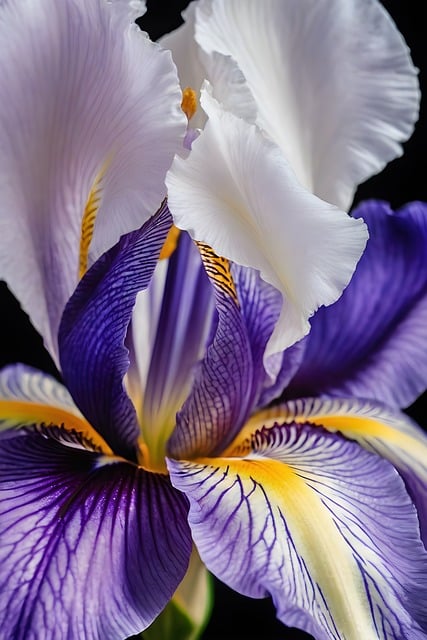
Regular Pruning and Deadheading
Regular pruning and deadheading are vital practices for maintaining the health and appearance of your irises. Deadheading is the process of removing faded flowers to stop the plant from directing its energy towards seed production. This encourages the irises to focus its resources on producing more blooms and maintaining overall vigor. Use clean, sharp scissors or pruning shears to snip off the spent flowers just above the foliage.
After the blooming season, it’s essential to cut back the flower stalks to the base, leaving the fan-like leaves intact. These leaves will continue to photosynthesize, providing energy for the rhizomes to store for the next growing season. In late fall, once the foliage has died back naturally, you can trim the leaves to about 6 inches above the ground to keep the garden tidy and reduce the risk of pests and diseases. Consistent pruning and deadheading will ensure your irises remain healthy and produce stunning blooms year after year.
Pest and Disease Control
Effective pest and disease control is crucial for maintaining healthy irises. Common pests affecting irises include irises borers, aphids, and slugs. Irises borers can cause significant damage by tunneling into rhizomes, leading to rot. To prevent infestations, remove and destroy any dead foliage in the fall, as these pests lay eggs on decaying plant matter. Aphids can be controlled with insecticidal soap or by introducing beneficial insects such as ladybugs. Slugs can be managed by handpicking or using barriers such as diatomaceous earth.
Diseases like bacterial soft rot and fungal leaf spot can also impact irises. Bacterial soft rot often results from overwatering or poor drainage, so ensure your soil is well-drained and avoid excessive moisture. For fungal leaf spots, remove and discard infected leaves and consider applying a fungicide if the problem persists. Regularly inspecting your plants and maintaining good garden hygiene will help keep pests and diseases at bay, ensuring your irises thrive.
Seasonal Care Tips
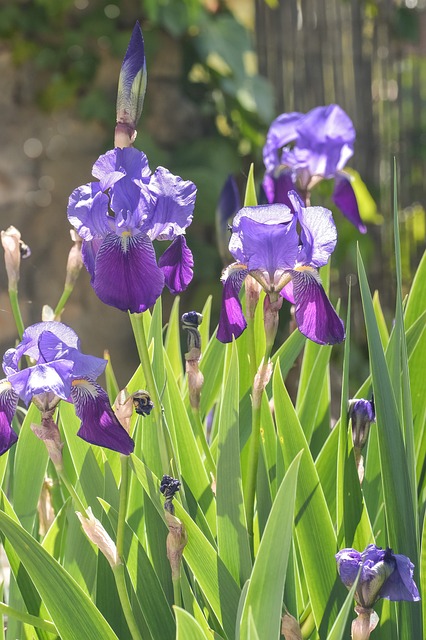
Seasonal care is essential for keeping your irises healthy and vibrant year-round. In spring, as new growth begins, remove any winter mulch and apply a balanced fertilizer to support robust development. As irises enter their blooming phase, maintain a consistent watering schedule, particularly for moisture-loving varieties like Siberian and Japanese irises.
In summer, after the irises have finished blooming, deadhead spent flowers and trim back the flower stalks to the base. This helps direct energy back into the rhizomes for next year’s growth. Continue to water regularly, especially during dry spells, but be cautious not to overwater bearded irises.
In the fall, tidy up the garden by removing dead foliage and applying a light layer of mulch to protect the rhizomes from winter weather. Cut back the leaves to about 6 inches above the ground once they have naturally died back. By following these seasonal care tips, you ensure your irises remain healthy and prepared for each new growing season.

